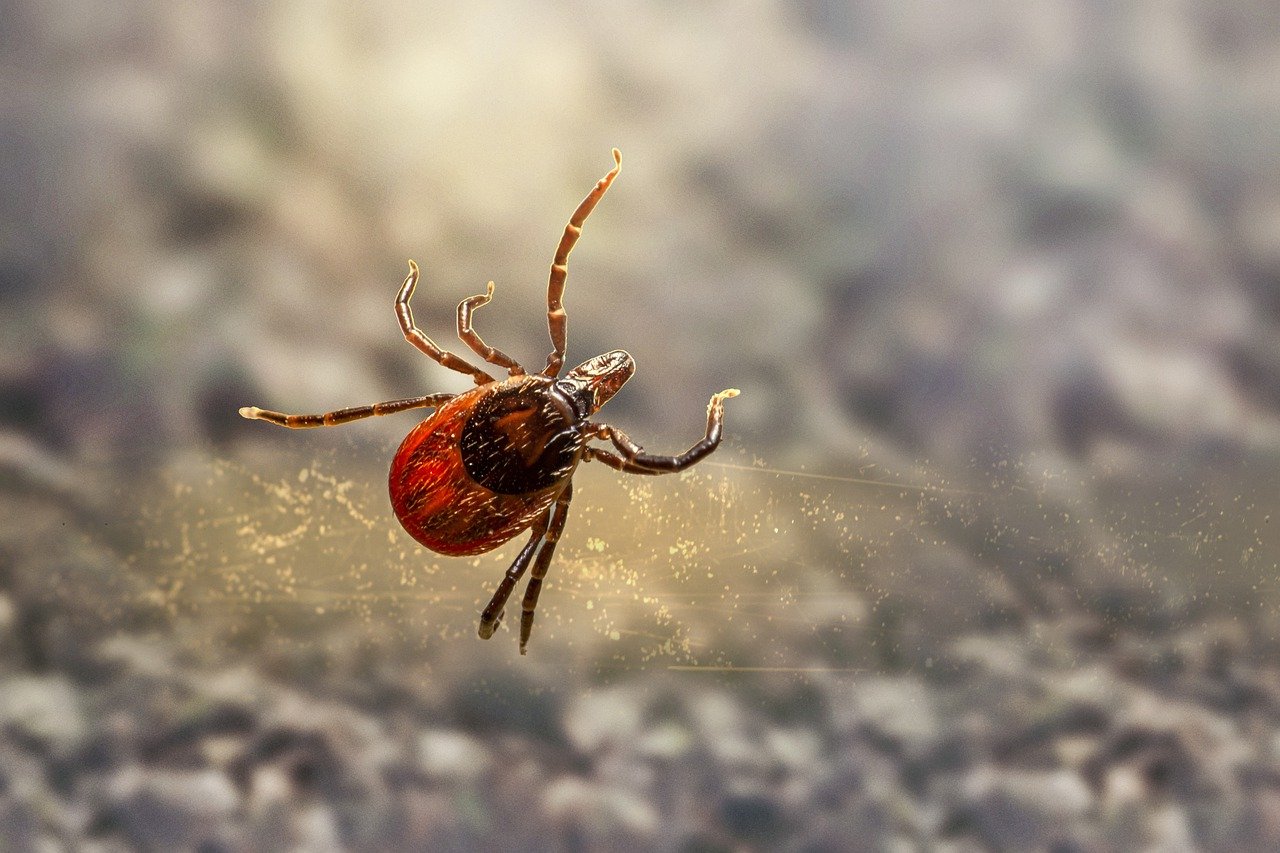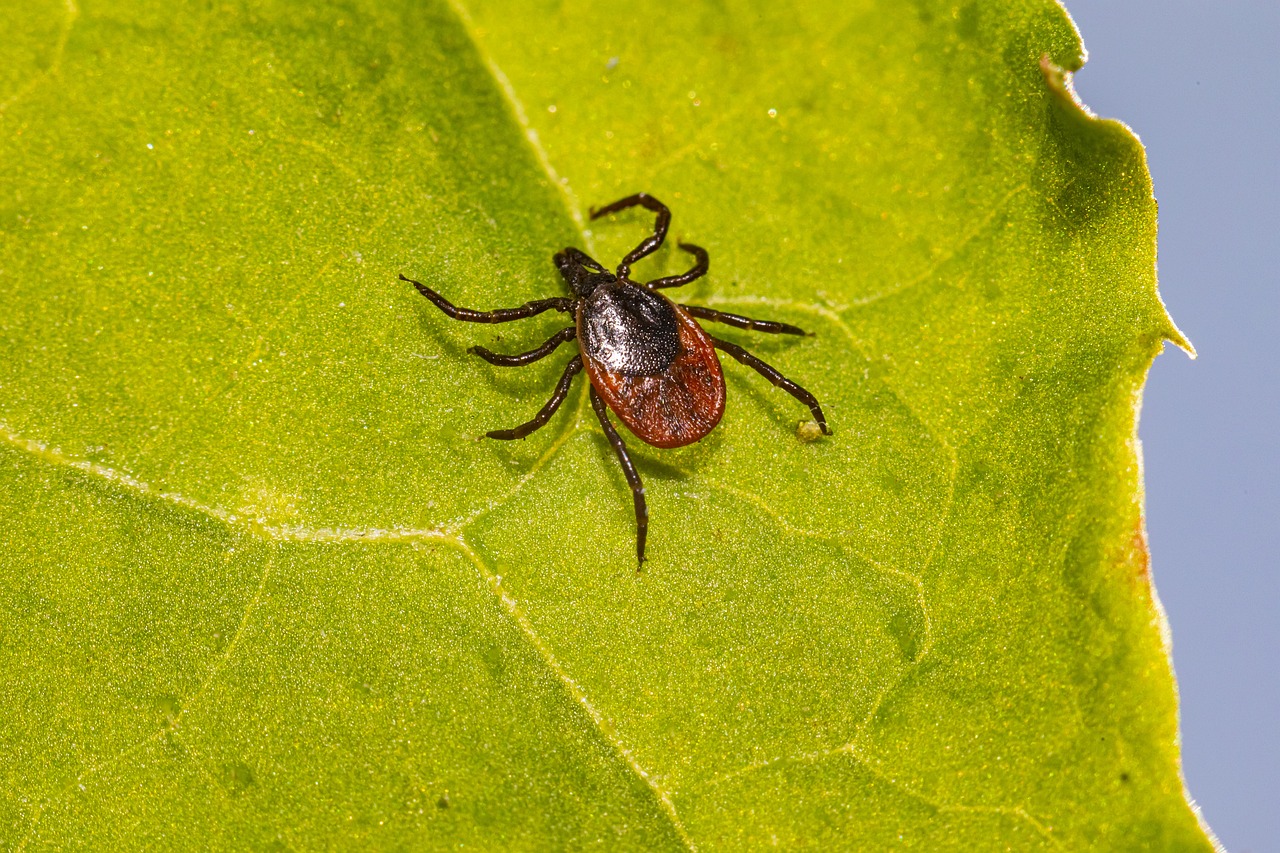


Ticks are more than just a nuisance; they pose serious health risks by spreading diseases. Understanding where ticks live is crucial for effective prevention. Where do ticks live? In this article, we explore common tick habitats and offer insights on protecting your property. Trust our expert pest control services to keep your environment tick-free.
Ticks are parasitic arachnids that have evolved over millions of years, originating from the same common ancestor as spiders and mites. They are believed to have first appeared around 100 million years ago during the Cretaceous period. Ticks thrive in warm, humid environments, which provide ideal conditions for their life cycle, consisting of egg, larva, nymph, and adult stages.
Ticks typically inhabit areas with dense vegetation, such as forests, grasslands, and areas with tall grasses and shrubs. These environments offer ample opportunities for them to find hosts—animals such as mammals, birds, reptiles, and even amphibians. Ticks are external parasites, meaning they attach themselves to the skin of their hosts to feed on blood, which is essential for their development and reproduction.
Ticks are spread by way of their hosts' movements, as they latch onto animals that travel across various landscapes. Additionally, climate change and human activities, such as deforestation and urbanization, have contributed to the expansion of tick populations into new regions. As a result, ticks have become more prevalent in areas where they were previously uncommon, posing an increasing threat to both animal and human health by transmitting diseases such as Lyme disease, Rocky Mountain spotted fever, and others.
Ticks primarily inhabit environments that provide the humidity and shelter necessary for their survival and development. They thrive in areas with dense vegetation, such as forests, grasslands, and regions with tall grasses, shrubs, and leaf litter. These habitats offer ample opportunities for ticks to find hosts—such as mammals, birds, reptiles, and amphibians—that they rely on for their blood meals.
Ticks are commonly found in wooded areas, especially along trails and the edges of forests, where they can easily latch onto passing animals or humans. They also favor overgrown fields, meadows, and gardens, as well as areas near bodies of water, where humidity levels are higher. The microhabitats within these environments, like leaf piles, logs, and underbrush, provide protection from extreme weather conditions and help maintain the moisture ticks need to avoid desiccation.
Suburban and urban areas are not immune to tick presence. Ticks can be found in parks, yards, and gardens, particularly in areas with ornamental plants and ground cover. Pets and wildlife, such as deer and rodents, can introduce ticks to these environments, increasing the risk of human-tick encounters. Overall, ticks are adaptable and can establish themselves in various outdoor settings as long as there is sufficient vegetation, humidity, and access to hosts.


While ticks primarily thrive outdoors, they can occasionally find their way indoors, where they seek out suitable hosts and environments that offer similar conditions to their natural habitats. Indoors, ticks are often introduced by pets, such as dogs and cats, which can carry them inside after being in infested outdoor areas. Once inside, ticks tend to seek out dark, humid, and undisturbed areas to hide and continue their life cycle.
Common indoor hiding spots for ticks include pet bedding, carpets, upholstered furniture, and cracks or crevices in floors and walls. Where do ticks live when indoors? Basements, attics, and crawl spaces, where humidity levels are typically higher, can also provide a favorable environment for ticks. In addition to these areas, ticks might also be found behind baseboards, in cluttered storage areas, and within piles of laundry.
While the indoor environment is generally less hospitable for ticks compared to the outdoors, some species, such as the brown dog tick, are more adept at surviving and reproducing indoors. This particular tick species can complete its entire life cycle inside, infesting homes, kennels, and other structures where dogs are present. To prevent indoor tick infestations, it's crucial to regularly check pets for ticks, maintain a clean living environment, and use appropriate tick control measures, such as treatments for pets and home pest control products.
Ticks are dangerous primarily because they are vectors of numerous diseases that can significantly impact both human and animal health. When ticks bite, they can transmit pathogens, including bacteria, viruses, and parasites, leading to serious illnesses. Some of the most notable tick-borne diseases in humans include Lyme disease, Rocky Mountain spotted fever, anaplasmosis, ehrlichiosis, and babesiosis. These diseases can cause a wide range of symptoms, from mild flu-like symptoms to severe, long-term health issues such as neurological problems, chronic fatigue, and arthritis.
The danger posed by ticks varies depending on the species and the pathogens they carry. For instance, the black-legged tick, commonly known as the deer tick, is notorious for transmitting Lyme disease in North America. Lyme disease alone affects thousands of people annually and can lead to chronic health problems if not promptly and properly treated. Another example is the Lone Star tick, which can cause ehrlichiosis and is also associated with triggering red meat allergies in some individuals.
Ticks are also a concern for animals, including pets and livestock, as they can transmit diseases such as tick paralysis, canine ehrlichiosis, and anaplasmosis. These diseases can lead to severe health issues, economic losses in livestock production, and even death if not managed effectively. The increasing spread of tick populations due to climate change and changing land use patterns further amplifies the risk they pose. Therefore, awareness and tick prevention measures, such as using tick repellents, performing regular tick checks, and maintaining tick-free environments, are essential to mitigate their danger.
Ticks can thrive in various environments, from dense outdoor vegetation to hidden indoor spaces. Protect your property with Twin-Boro’s expert residential pest control and commercial pest control services. For comprehensive tick prevention and removal, contact us today and ensure a safe, tick-free environment for everyone.